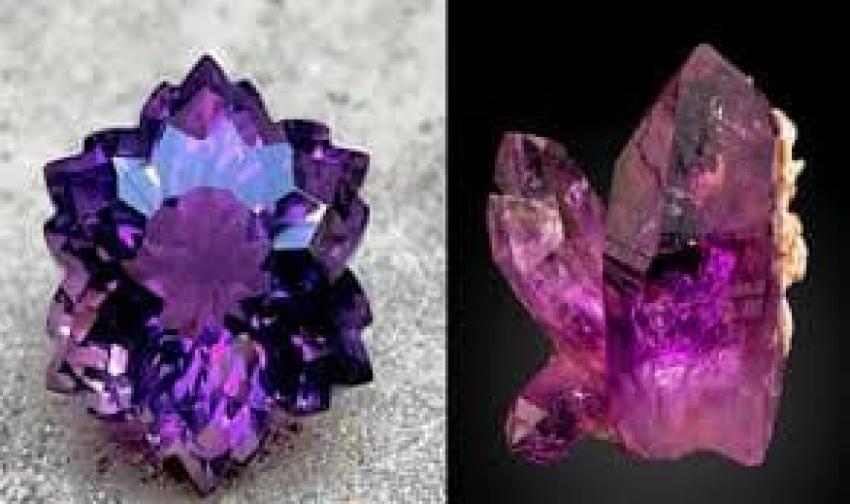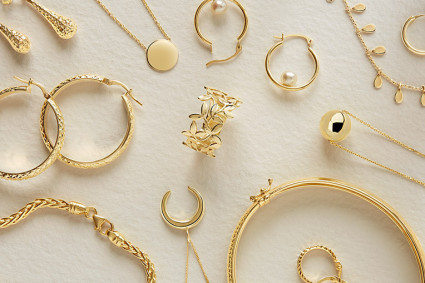
Find out how to clean amethyst so that your jewelry stays lovely for a long time. This tutorial gives you easy instructions for cleaning amethyst and caring for your rings, necklaces, and other jewelry. You'll also learn how to determine the difference between citrine and amethyst, as well as how to tell if a stone has been heat-treated or is natural. These simple recommendations will help you take care of your amethyst jewelry and learn more about your gemstones, whether you're new to crystals or buy them all the time.
How do you clean amethyst?
Amethyst is a beautiful purple stone that you need to be careful with. Amethyst may be cleaned with warm water and a soft cloth or brush. You can even add a little mild soap if you want to. Don't use strong chemicals or hot water on the crystal because they can harm it. After cleaning it, let the amethyst dry on its own at room temperature. This method is safe and preserves the crystal's brightness and life robust.
What are the best ways to keep amethyst jewelry in good shape?
To keep your amethyst jewelry looking great, follow these recommendations for taking care of it. Before you wash your hands, swim, or put on lotion or perfume, take off your amethyst rings or bracelets. Put them in a soft purse or jewelry box to keep them from becoming scratched.
How can you easily clean amethyst?
When you clean your amethyst, be careful not to hurt it. Never use ultrasonic cleaners or steam equipment. Instead, use a soft cloth to wipe away dirt or grease. To keep it looking new and protect its inherent energy, clean it often.
Is there an easy way to care for amethyst jewelry?
Yes! Cleaning your amethyst jewelry often, keeping it safe, and wearing it properly are all easy ways to take care of it. Amethyst care might lose its color if you leave it in the light for too long. Take care of your jewelry so it stays lovely for a long time.
What Makes Treated Amethyst Different from Natural Citrine?
People often talk about treated amethyst and natural citrine. A lot of citrine stones for sale are really amethysts that have been heated. Natural citrine is hard to find and is a lighter shade of yellow. To produce a deep orange or yellow color that appears like citrine, treated amethyst is heated to very high temperatures.
What is the difference between heated amethyst and natural citrine?
The way they are made is the fundamental distinction between natural citrine and heat-treated amethyst. To turn purple amethyst into gold, scientists heat it up in labs. This is how you make amethyst that has been heated. Natural citrine forms in the earth and is more valuable because it is rare and has not been modified.


